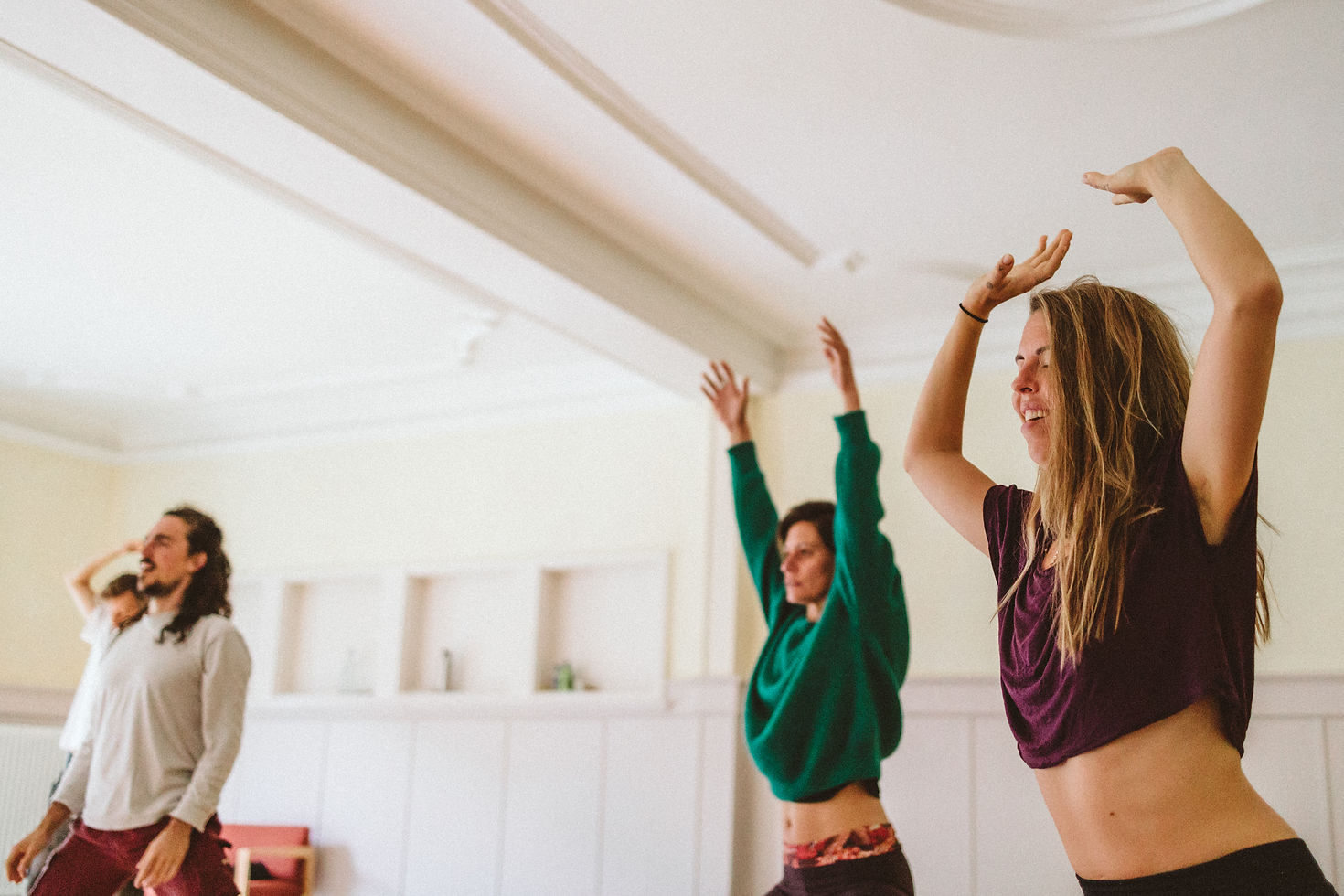
- Ida Helmers
- 9 mars 2023
- 2 min läsning
Being stuck in certain relational dynamics, patterns and challenges can be quite frustrating and really hard to get out of on your own.
Here is why:
Our relational experiences as adults are built on our very first relational experiences as children.
This is how our relational patterns, attachment styles and coping mechanisms are developed.
We relate the way we know how and use the “successful” experiences we know to make connection and get our need for love and belonging met.
On a neurobiological level this looks like neuro pathways that link certain experiences together, a certain outcome to a certain behavior for example.
This is why we often find ourselves repeating similar relationship dynamics and challenging situations in life, because our brain is literally wired that way.
•
The cool thing with neuro pathways is that they can be changed throughout our entire life, since they are malleable in their plasticity.
Every time we have a new experience of A not leading to B but to C, D, E or F instead we are creating a new neuro pathway.
With a new neuro pathway in place we not only start making new choices, we can also start to see new possibilities and show up differently in the world since it has a rippling effect on other pathways when a new one is formed.
•
Since changing relational patterns can be quite challenging in regular life, I have made it my life’s work to create workshops that become a micro cosmos of the participants lives.
This is how that can look:
In some of the exercises we do in my workshops, like feeling your body and walking towards another or eye gazing for a minute while tracking your breath you will discover patterns kicking in that you use to relate in your daily life all the time.
Through slowing down and recognizing the pattern, taking a deep breath or moving to regulate your nervous system you get the choice to have a new experience of not instantly going into the pattern but instead staying present and connected to yourself.
From that connected place you can then chose how you want to meet the other, without loosing touch with yourself and going into autopilot but meeting them in a totally new way.
This creates a new experience that will give an imprint for how you show up everywhere in your regular life - rippling out from the micro cosmos of a workshop to the macro cosm of your life.
•
This is the intention of the relational laboratory that I created together with Rouven: a space to create new relational experiences together.
If this sparks curiosity in you and you are ready to create some new neuro pathways and experiences that can ripple out into you life, come join us on our tour through Scandinavia this spring!
Copenhagen 10-12/3
Stockholm 24-26/3 (in Swedish)
Helsinki 21-23/4
Malmö 5-7/5
Göteborg 2-4/6 (in Swedish)
Find all the events through my website.
•
#relationallaboratory #somaticrelating #connection #authenticrelating #circling #somaticexperiencing #embodiment #nvc #nonviolentcommunication #healing #healinginrelationship #consciousrelating #relationalhealing #partswork #shadowwork #integraltheory #trauma #traumahealing #polyvagaltheory #boundaries

